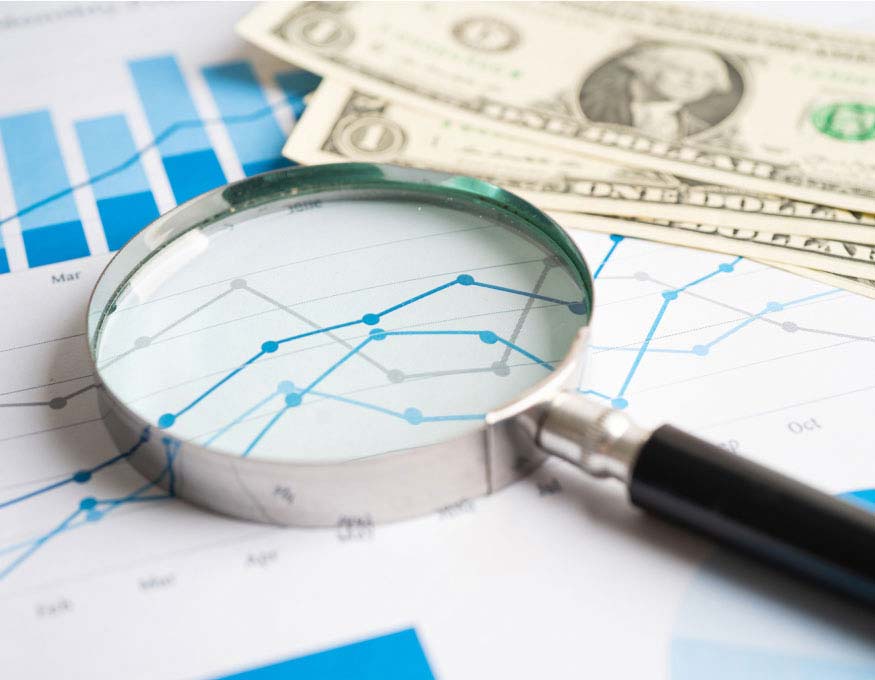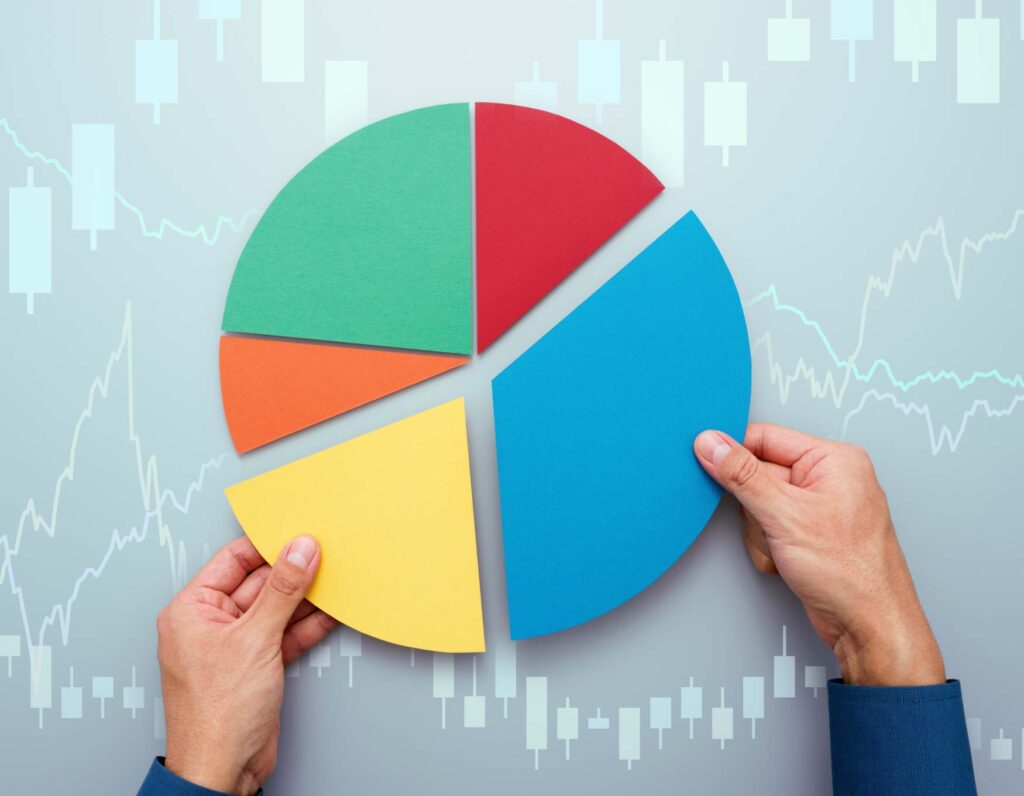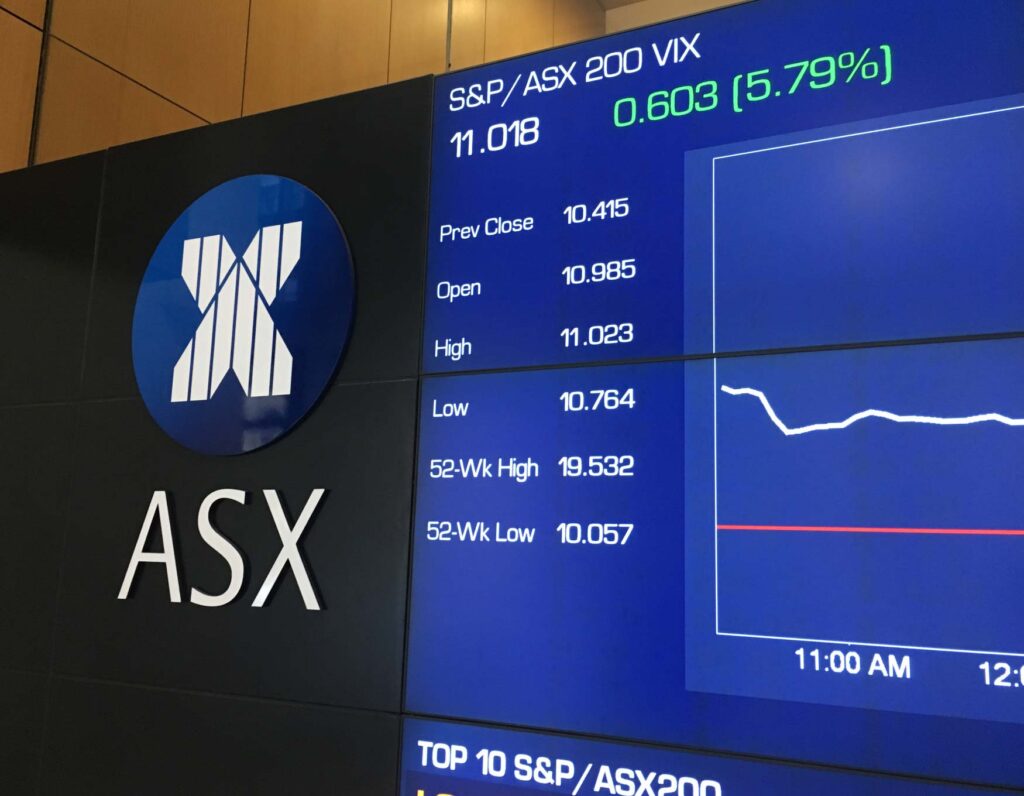It's that time of the year again. Gather up your documents, collect your receipts and call your accountant – the end of FY 2024 is upon us!
Before you clock off for the year, we've put together a handy checklist to help you make sure you don't leave a single stone unturned.
1. Making the most of your voluntary super contributions
Voluntary contributions are extra contributions you can add into your super on top of the Super Guarantee (SG) contributions made by your employer. They can be done through a variety of ways such as by salary sacrificing your pre-tax income through your employer or by making an after-tax contribution.
Making voluntary contributions can boost your retirement savings and can be beneficial to do financially, depending on your individual circumstances.
Pre-tax contributions are generally taxed at 15%, which is lower than Australia’s income tax rates above the tax-free threshold. Additionally, you may be able to claim a tax deduction on after-tax super contributions you make.
2. Decide whether to maximise your contribution caps
Once you understand how contributions work, you can decide how much to contribute this financial year.
The Government has implemented an annual concessional contribution cap, limiting the amount of contributions that can be taxed at 15%. The cap for FY24 is $27,500. This includes both your voluntary concessional contributions and those made by your employer.
Meanwhile, the non-concessional contribution cap – or in layman terms, the maximum amount of after-tax contributions you can make before being subject to extra tax – is $110,000 for FY24.
Maximising the annual contribution caps can be a financially advantageous decision in the long run, depending on your personal circumstances.
3. Boost your deposit for your first home
The First Home Super Saver Scheme (FHSSS) generally allows you to withdraw up to $50,000 of your eligible contributions from your super to use for a house deposit.
The FHSSS works per individual... which means a couple can withdraw up to $100,000 of contributions for their first home.
It’s worth noting the $50,000 may be subject to conditions and taxes. More information including eligibility can be found on the ATO website or with a registered accountant.
4. Contribute to your spouse’s super plus get a tax offset
If you make a super contribution on behalf of your spouse, you may be eligible to claim a tax offset of up to $540.
Eligibility conditions, such as your spouse’s income needing to be below $40,000 in the income year apply. More information including eligibility can be found on the ATO website or with a registered accountant.
5. Are you eligible for the low income super tax offset?
If you earned less than $37,000 this financial year, you may qualify for the low income super tax offset (LISTO) payment of up to $500.¹
If you meet the eligibility criteria, you wouldn’t need to do anything to receive a LISTO payment, as long as your super fund has your tax file number (TFN). More information including eligibility can be found on the ATO website or with a registered accountant.
6. How about the Government’s co-contributions?
Low or middle-income earners who make after-tax contributions to their super fund may be eligible for a government co-contribution of up to $500.¹
The ATO automatically works out whether you’re eligible for the co-contribution when you lodge your tax return. If you are, the ATO would pay it directly to your super fund as long as they have your TFN.
7. The option to make downsizer contributions
Members who are 55 years and older may be able to contribute up to $300,000 from proceeds from the sale of a home into their super fund.
A downsizer contribution doesn't count towards the contributions cap however it does count towards the transfer balance cap.¹
Making a downsizer contribution is one way to boost your super balance.
¹Eligibility Criteria apply. Learn more on the ATO's website or with a registered accountant.

Become a part of
our investor community
Why you should join us:
- Join free and invest with no monthly account fees.
- Fund your account in real time with PayID.
- Get investing with brokerage from $2. Other fees may apply for U.S. shares.
Read our latest articles
Make knowledge your superpower and up your skills and know-how with our news, educational tools and resources.














































